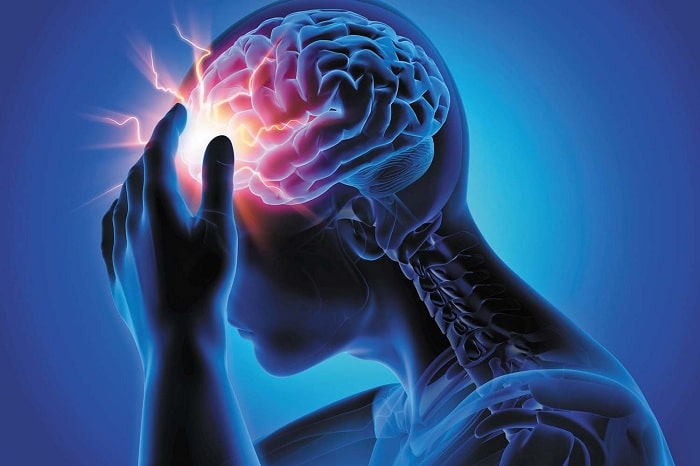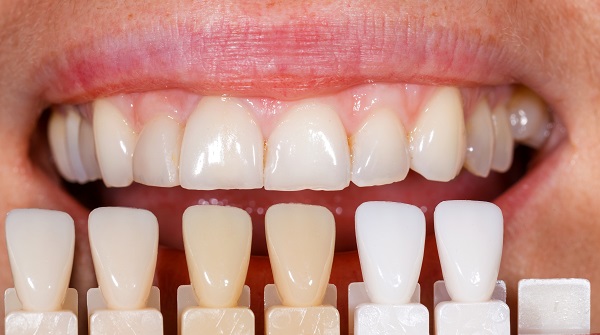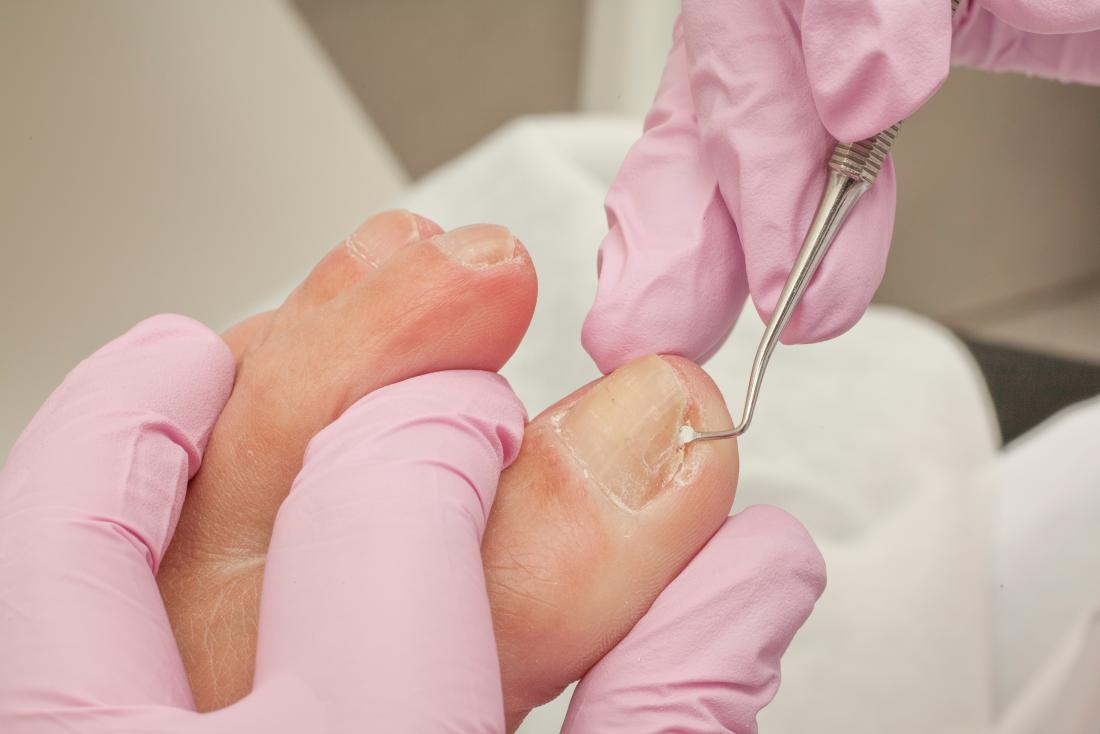Facts You Should Know About Traumatic Brain Injury

Traumatic brain injury (TBI) is a serious condition affecting a person’s brain. While safety measures such as wearing seat belts and helmets can help reduce the risk, these measures cannot prevent injury. A blow to one part of the brain can cause damage throughout the brain. However, most people recover from a TBI.
Symptoms
Symptoms of traumatic brain injury can differ depending on the region of the brain that has been affected. They may include head pain, headaches, seizures, balance and coordination problems, vomiting, and nausea. The affected person may also have sensory deficits, affecting their ability to locate objects or balance.
Traumatic brain injury symptoms can appear hours or days after a head injury. They could be minor or severe, but you should seek medical attention immediately, regardless of severity. It is also critical to develop a medical plan and hire a skilled and experienced personal injury lawyer like the professionals at Breakstone, White & Gluck. In the meantime, you can attempt to manage your symptoms and slowly return to normal activities, such as driving. If symptoms of traumatic brain injury do not improve after a few days, however, you should seek medical attention immediately.
Symptoms of traumatic brain injury may vary but can include changes in personality and cognitive functioning. Some people may experience difficulties speaking or concentrating, while others may exhibit irritability or depression. Some individuals may also experience sleep disturbances or tinnitus. Fortunately, most people recover from TBI after several months.
Treatment Options
If you suffer from traumatic brain injury, treatment options vary based on the severity of the injury. Severe TBI is often life-threatening, and the priority is stabilizing vital organ functions and preventing further brain damage. If you sustain an injury severe enough to render you unconscious, a breathing machine will be necessary to keep your body from shutting down.
Aside from treating the symptoms of head trauma, severe TBIs may include additional treatment for secondary injuries, such as inflammation, bleeding, or reduced oxygen supply to the brain. In addition, in severe cases, anti-seizure drugs may be given to prevent further damage to the brain. In most cases, these medications are continued as the patient recovers and can tolerate them.
The most severe types of head injuries often result in surgery. This is necessary to remove large hematomas and contusions pressing on the brain and raising the pressure in the skull. These patients are monitored in the intensive care unit until they can undergo surgery. However, this procedure can take days or weeks, so it is important to seek medical treatment as soon as possible.
Mortality Rate
The mortality rate of traumatic brain injury (TBI) varies according to the victim’s age group. The highest TBI-related mortality rate is in males aged 20 to 39. For females, the rate is lower, ranging from 3.4 to 0.8.
The current study determined that TBI-related deaths were associated with a high risk for mental health problems, dementia, and cardiovascular disease. Despite this association, the long-term effect of exposure to TBI is unknown, especially among post-9/11 military veterans. Therefore, the current study evaluated the mortality rates of these veterans and estimated the number of deaths caused by TBI-related causes.
The traumatic brain injury mortality rate significantly contributes to long-term disability and economic loss. In a resource-poor setting, this injury is particularly devastating. Therefore, the study aimed to identify factors that influence the mortality rate of TBI patients. For this purpose, the researchers analyzed randomly selected patients with TBI charts. These records included demographic data, time from injury to presentation, vital signs on arrival, and in-hospital care. The researchers also calculated the mortality rate of those patients who sustained severe head injuries.






